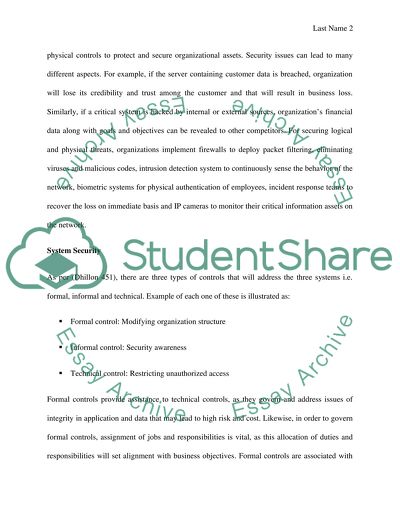Cite this document
(“Computer Security and Biometrics Research Paper”, n.d.)
Retrieved from https://studentshare.org/information-technology/1394861-computer-security-and-biometrics
Retrieved from https://studentshare.org/information-technology/1394861-computer-security-and-biometrics
(Computer Security and Biometrics Research Paper)
https://studentshare.org/information-technology/1394861-computer-security-and-biometrics.
https://studentshare.org/information-technology/1394861-computer-security-and-biometrics.
“Computer Security and Biometrics Research Paper”, n.d. https://studentshare.org/information-technology/1394861-computer-security-and-biometrics.


